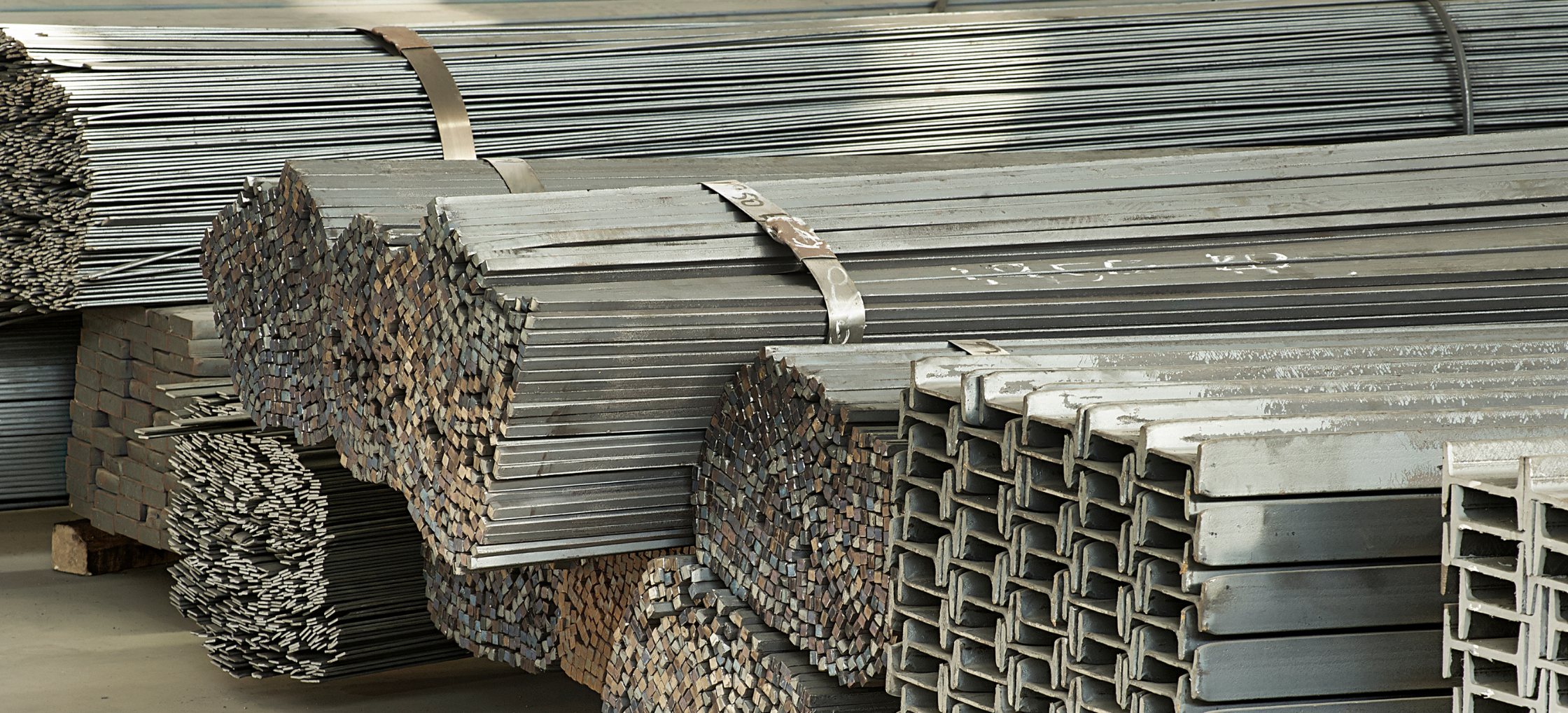Carbon Steel Casting
Carbon steel is steel in which the main alloying constituent is carbon in the range of 0.12–2.0%. The American Iron and Steel Institute (AISI) defines that:
Steel is considered to be carbon steel when no minimum content is specified or required for chromium, cobalt, molybdenum, nickel, niobium, titanium, tungsten, vanadium, or zirconium, or any other element to be added to obtain a desired alloying effect; when the specified minimum for copper does not exceed 0.40 percent; or when the maximum content specified for any of the following elements does not exceed the percentages noted: manganese 1.65, silicon 0.60, copper 0.60. The term “carbon steel” may also be used in reference to steel which is not stainless steel; in this use carbon steel may include alloy steels.
Applications of Carbon Steel Castings
Carbon steel castings are essential in numerous industries due to their versatility and cost-effectiveness.
- Automotive Industry: Used in body panels, gears, and axles.
- Construction: Ideal for structural plates, sections, and reinforcement bars.
- Machinery: Components like shafts, crankshafts, and couplings.
- Railways: Rails, railway wheels, and rail axles.
As the carbon percentage content rises, steel has the ability to become harder and stronger through heat treating; however, it becomes less ductile. Regardless of the heat treatment, a higher carbon content reduces weldability. In carbon steels, the higher carbon content lowers the melting point.
Benefits of Carbon Steel Castings
The properties of carbon steel make it highly useful for a wide range of applications.
- Strength: Enhanced by increasing carbon content.
- Durability: Long-lasting under various conditions.
- Cost-Effectiveness: Economical for large-scale production.
- Versatility: Suitable for multiple industries and applications.
As a group, carbon steels are by far the most frequently used steels. More than 85% of the steel produced and shipped in the United States is carbon steel. Carbon steel is also the most common material for steel castings.
Types of Carbon Steel
Low-Carbon Steels:
Contain up to 0.30% C. The largest category of this class of steel is flat-rolled products (sheet or strip), usually in the cold-rolled and annealed condition. The carbon content for these high-formability steels is very low, less than 0.10% C, with up to 0.4% Mn. Typical uses are in automobile body panels, tin plate, and wire products.
Medium-Carbon Steels:
Similar to low-carbon steels except that the carbon ranges from 0.30 to 0.60% and the manganese from 0.60 to 1.65%. Increasing the carbon content to approximately 0.5% with an accompanying increase in manganese allows medium carbon steels to be used in the quenched and tempered condition. Uses include shafts, axles, gears, crankshafts, couplings, and forgings.
High-Carbon Steels:
Contain from 0.60 to 1.00% C with manganese contents ranging from 0.30 to 0.90%. High-carbon steels are used for spring materials and high-strength wires.
Ultra High-Carbon Steels:
Experimental alloys containing 1.25 to 2.0% C. These steels are thermomechanically processed to produce microstructures that consist of ultrafine, equiaxed grains of spherical, discontinuous proeutectoid carbide particles.
Properties of Carbon Steel Castings:
Different types of carbon steel offer varied properties to suit specific needs.
- Low-Carbon Steels: High formability and ductility.
- Medium-Carbon Steels: Balanced strength and toughness.
- High-Carbon Steels: High hardness and wear resistance.
- Ultra High-Carbon Steels: Exceptional hardness and strength.
Work With Us
If you’re looking for a reliable partner for your carbon steel casting needs, Quaker City Castings is here to help. Visit our contact us page directly to discuss how we can assist you. We are dedicated to providing solutions that enhance the efficiency and productivity of your operations.

